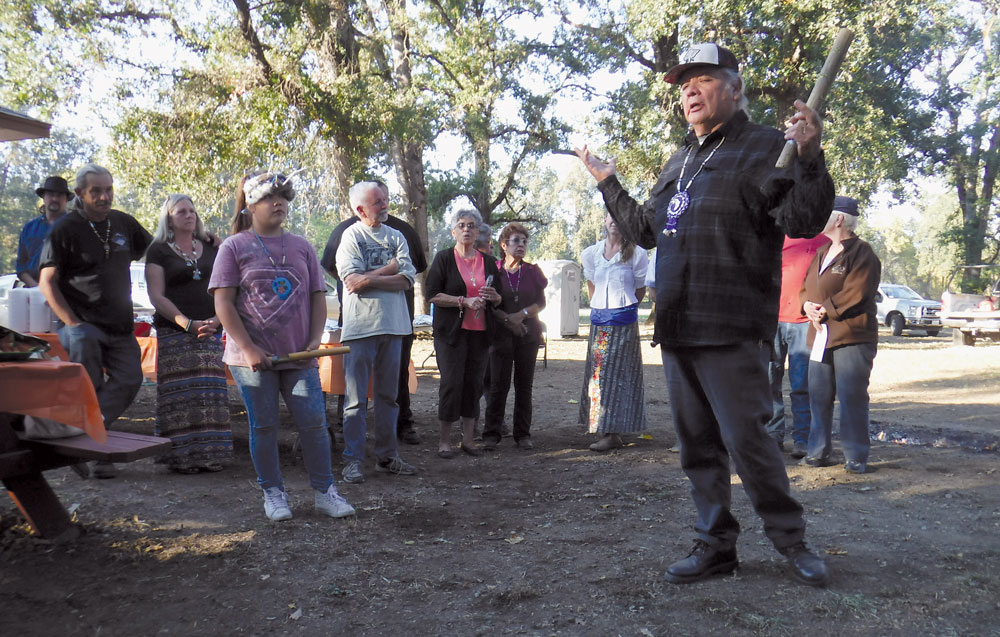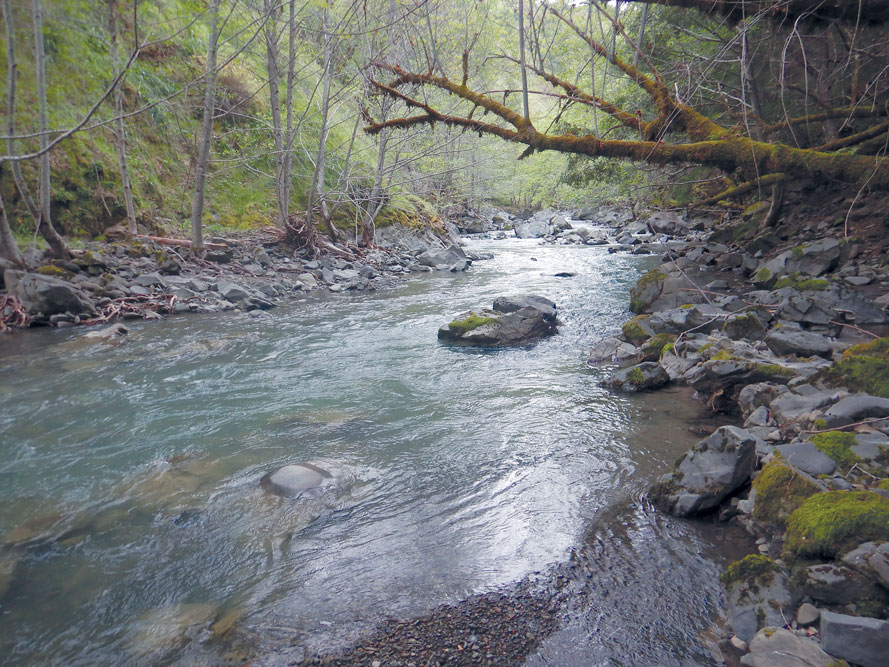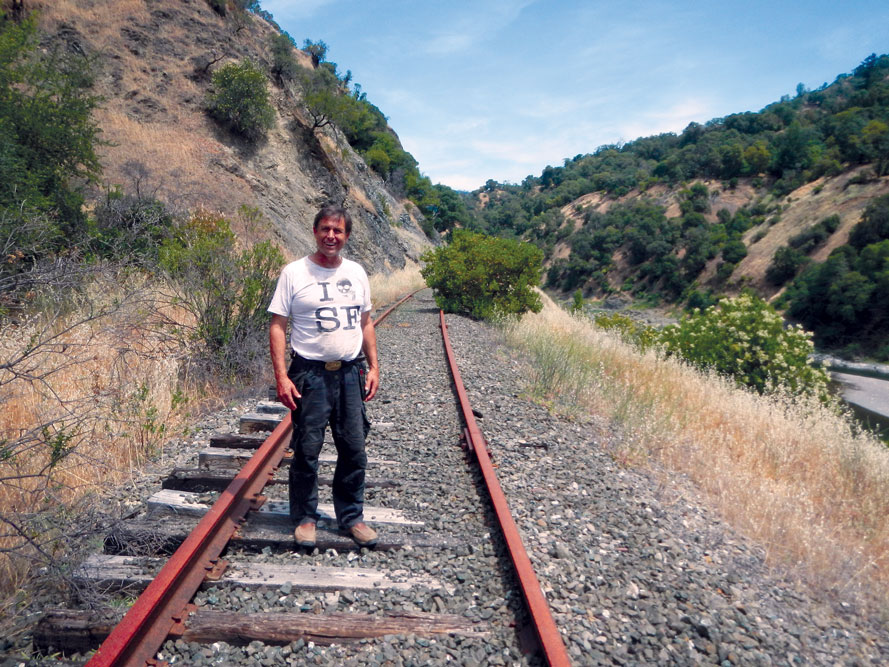Trees Foundation Welcomes Mid-Eel Watershed Stewards

This spring, Trees Foundation was thrilled to welcome Mid-Eel Watershed Stewards (MEWS) into our Fiscal Sponsorship umbrella. Fiscal Sponsorship is one of the primary ways that Trees Foundation supports the North Coast grassroots environmental community. It allows groups to move swiftly forward in accomplishing their objectives, while we handle the 501(c)3 bookkeeping and financial reporting required to accept tax-deductible donations and grant funding. We asked MEWS founding member Mickey Bailey to share more with Forest & River News readers about this emerging organization.
What is Mid Eel Watershed Stewards?
Mickey Bailey, watershed resident: MEWS is a group of local people that mostly live in the area MEWS will be helping to restore. I own a parcel of land that is on the Eel River. We have people from Blocksburg, Chamise Creek, and Dos Rios. We have a tribal elder from the Round Valley Tribes. We are working on getting more people involved from Mendocino and Humboldt counties.
Our goal is to upgrade the watershed between Dos Rios in northern Mendocino County and Dyerville in southern Humboldt County. We want to help make the more fire-resistant forests. Doing this will also help the health of the forests. If we can go into an entire watershed/creek area and take out fuel, we can avoid or minimize the big fires. We also hope this effort improves the watershed in our area. A healthy Eel River along with its creeks will benefit everyone that lives, works, and recreates in this area.

What inspired your interest in restoration and conservation of the middle
Eel River watershed?
I have been hanging out in Mendocino since I moved from Oregon in 1984. I finally purchased a parcel of land in 2013. It happened to be the confluence of Woodman Creek and the Eel River. Since I bought this land, a restoration has happened on this parcel. It is the largest restoration ever on the Eel River. The railroad blocked off the creek to salmon and steelhead in about 1910. Now, the fish are coming back. [Editor’s Note: To learn more about this $2.2 million Woodman Creek Fish Barrier Removal Project led by Cal Trout in 2018, visit https://caltrout.org/news/woodman-creek-flows-for-the-first-time-in-over-a-century.]
I have been working with many inspiring people from the North Coast area. Patrick Higgins of the Eel River Recovery Project and Darren Mireau of California Trout have both helped me to learn about the history of the Eel since 1852, when white people first showed up and started clearcutting and fishing in unsustainable ways. There are many things that make this area unique for the possibility to restore the forests and the watershed. The fact that there have been no fish hatcheries on the Eel is a very important factor. The status of the two dams on the river is up in the air. It looks like it could be possible to open up a larger area to spawning for the fish in the future.

What is your 5- to 10-year vision for MEWS?
It is my understanding that there is a very big possibility to get grants to help with restoration efforts. Part of this is to help upgrade our gravel roads. The access to grant funding is key. We can create local jobs and improve our homes at the same time. If we are able to get the support of people within our area and get funding, we can provide better fire safety, healthy forests, and more clean water for our residents. The newly formed Great Northern Redwood Trail will also be something we hope to participate in. Turning this from a railroad to a hiking trail is a big job.
What do you anticipate may be the biggest obstacles to that vision?
We are just getting started. Right now it is about meeting one another and seeing who has what time and who will take on what project. Getting grants can be difficult. Grant writing is a skill. Going into a watershed and getting everyone on board could be difficult. Many of us are pot growers, so cooperating with outsiders is not in our DNA. There will be many obstacles, but we look forward to finding solutions.
For more information:
[email protected]
